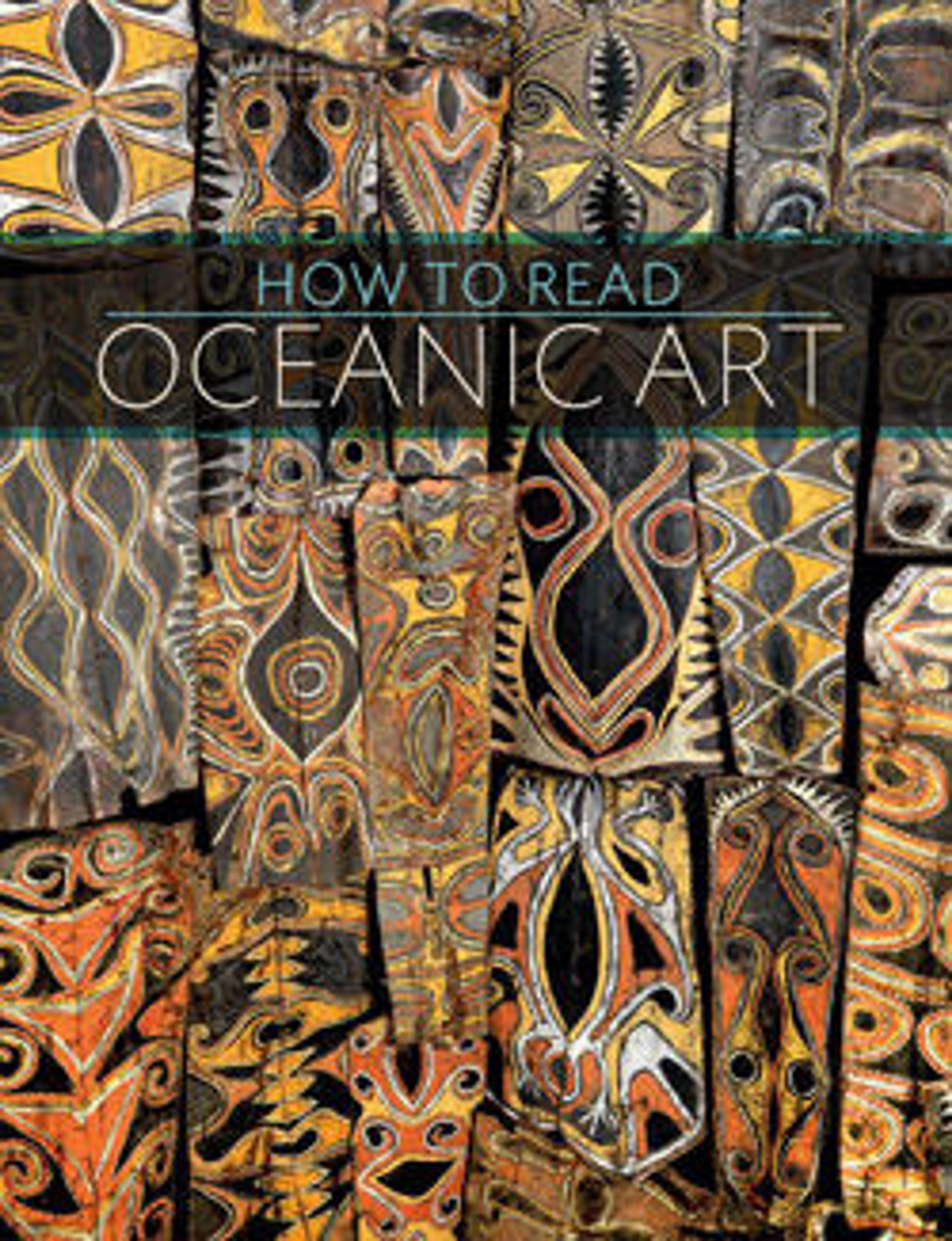Door Board (Jovo or Tale)
Situated in the southwest Pacific Ocean, New Caledonia comprises the large island of Grande Terre and the smaller islands off its shores. Today its indigenous peoples refer to themselves collectively as Kanaks and their homeland as Kanaky. Kanak societies were formerly ruled by hereditary chiefs, who held secular authority and embodied the supernatural power of village ancestors. In the past and, to some extent, today, chiefs' houses formed the physical and metaphysical centers of Kanak villages. Kanak sculptors created a variety of architectural carvings to adorn the houses of chiefs. The high conical roofs were crowned by carved finials depicting ancestors and other supernatural beings. The entrance and interior timbers were also richly decorated.
The single doorway of Kanak chiefs' houses was flanked by a pair of doorboards, called jovo or tale, attached to the supporting posts on either side. Reportedly carved in male/female pairs, the doorboards portrayed recently deceased ancestors, depicted with the head exposed and the body wrapped in mats, whose patterns appear as geometric designs.
The single doorway of Kanak chiefs' houses was flanked by a pair of doorboards, called jovo or tale, attached to the supporting posts on either side. Reportedly carved in male/female pairs, the doorboards portrayed recently deceased ancestors, depicted with the head exposed and the body wrapped in mats, whose patterns appear as geometric designs.
Artwork Details
- Title: Door Board (Jovo or Tale)
- Date: late 19th–early 20th century
- Geography: New Caledonia, Grande Terre
- Culture: Kanak people
- Medium: Wood, paint
- Dimensions: H. 76 × W. 30 × D. 11 in. (193 × 76.2 × 27.9 cm)
- Classification: Wood-Architectural
- Credit Line: The Michael C. Rockefeller Memorial Collection, Bequest of Nelson A. Rockefeller, 1979
- Object Number: 1979.206.1759
- Curatorial Department: The Michael C. Rockefeller Wing
Audio
1737. Door Board (Jovo or Tale)
0:00
0:00
We're sorry, the transcript for this audio track is not available at this time. Please email info@metmuseum.org to request a transcript for this track.
More Artwork
Research Resources
The Met provides unparalleled resources for research and welcomes an international community of students and scholars. The Met's Open Access API is where creators and researchers can connect to the The Met collection. Open Access data and public domain images are available for unrestricted commercial and noncommercial use without permission or fee.
To request images under copyright and other restrictions, please use this Image Request form.
Feedback
We continue to research and examine historical and cultural context for objects in The Met collection. If you have comments or questions about this object record, please contact us using the form below. The Museum looks forward to receiving your comments.
